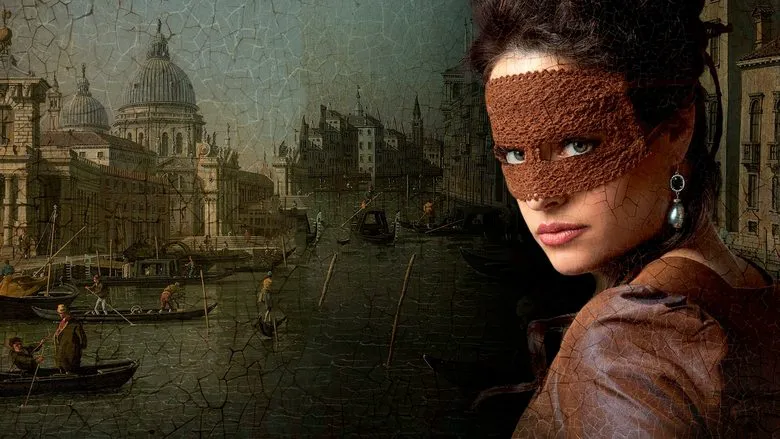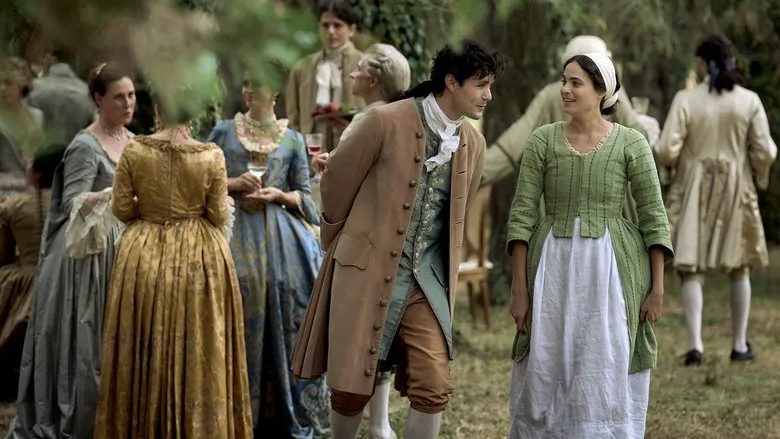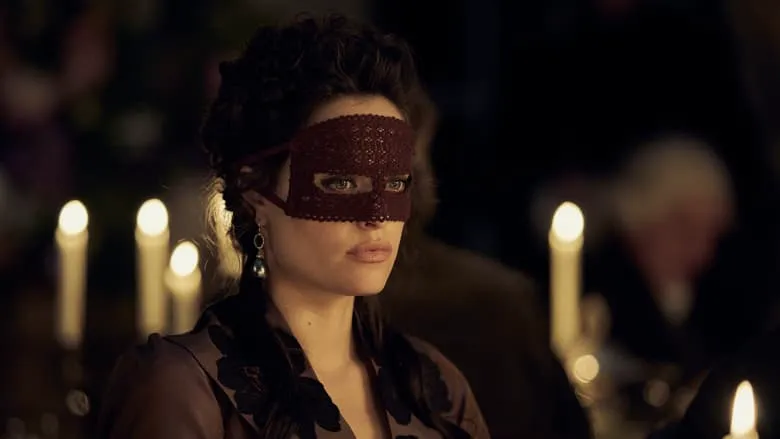Unveiling the Layers: A Behind-the-Scenes Look at ‘A Beautiful Imperfection’
A Beautiful Imperfection isn’t just a romance; it’s a profound exploration of identity, enduring love, and the true meaning of beauty. Set against the richly textured backdrop of 18th-century Europe, this film captivated audiences with its poignant narrative of Lucia and Giacomo Casanova. But what truly went into bringing this timeless story of masks, scars, and transcendent love to the big screen?
The Genesis of a Poignant Tale
The heart of A Beautiful Imperfection lies in its audacious challenge to conventional notions of beauty. From the outset, the filmmakers sought to craft a narrative where vulnerability becomes strength and a perceived “flaw” becomes a catalyst for self-discovery and deeper connection. The initial spark reportedly came from an interest in deconstructing the myth of Casanova, the legendary lover, and imagining him encountering not just a captivating woman, but one who challenges his understanding of love itself, particularly when her true form is hidden from his view. This ingenious reversal of expectations, where the renowned seducer falls for a woman shrouded in mystery, whose physical ‘imperfections’ are juxtaposed with a radiant inner spirit, became the narrative backbone.
Weaving the 18th-Century Tapestry
Recreating the sumptuous yet often stark ambiance of 18th-century Europe was a monumental task for the production design and costume departments. From the opulent Italian estates Lucia initially abandons, to the bustling, artistic, and intellectually vibrant canals of Amsterdam where she seeks refuge and reinvents herself, every detail was meticulously researched. Historical accuracy in an age of intricate fashion, grand architecture, and specific societal norms was paramount to immerse viewers fully into Lucia and Giacomo’s world. The visual journey reflects Lucia’s own transformation, moving from the constrained beauty of her past to the more anonymous, yet fiercely independent life in Amsterdam.

The choice of Amsterdam itself was intentional, reflecting not only its reputation as a hub for artistic and intellectual fervor but also its sense of freedom and anonymity, allowing Lucia to truly disappear and redefine herself. The costumes, too, were more than just period-appropriate; they were an extension of the characters, particularly Lucia’s veils and Giacomo’s elegant, yet revealing attire.
Portraying the Soul Behind the Persona
“Casting Lucia was paramount,” a key crew member reportedly noted. “We needed an actress capable of conveying immense internal fortitude, profound vulnerability, and magnetic allure, all while her true appearance is concealed.” The actress embodying Lucia had the complex challenge of communicating resilience, wit, and a deeply concealed pain, relying heavily on vocal nuances, body language, and the power of her eyes.
Similarly, Giacomo Casanova, often superficially portrayed as a mere rake of privilege, needed an actor who could deliver his legendary charm alongside a deep, sincere heart. The casting sought someone who could convey that behind the famed lover was a man capable of genuine, enduring affection, a ‘heart of gold’ revealed only when confronted with a love as true as Lucia’s. The chemistry between the two leads was indispensable, requiring a delicate balance of intellectual sparring, simmering passion, and unspoken understanding to make their rekindled romance believable after 16 years.

The Symbolism of the Veil and Scars
Perhaps the most visually, and thematically, powerful elements in the film are Lucia’s smallpox scars and the veil she adopts. Crafting these ‘imperfections’ was a delicate balance for the makeup and costume departments. The scars needed to be disfiguring enough to prompt Lucia’s flight and self-concealment, yet subtle enough not to overwhelm the audience’s ability to see her inner beauty. Makeup artists worked extensively to create realistic, yet sensitive, prosthetics that allowed the actress’s expressiveness to shine through.
The veil, far from being just a prop, became a central metaphor. It symbolizes Lucia’s fear and desire for anonymity, but also her newfound power as a mysterious courtesan. It represents the masks we all wear and the imperfections we strive to hide. The narrative cleverly plays with the audience’s anticipation of its removal, making Lucia’s ultimate decision a deeply emotional and climatic moment.

The Director’s Guiding Hand for Emotional Resonance
The director’s vision for A Beautiful Imperfection centered on the idea that love truly sees beyond the surface. Every scene, from the poignant reunion to the intense emotional encounters, was carefully guided to emphasize the deep connection between Lucia and Giacomo. The pacing was deliberate, allowing the complexities of their rekindled love to unfold naturally, building tension around Lucia’s secret.
The decision to slowly unveil Lucia’s journey, both physically and emotionally, was a deliberate choice to let the audience connect with her internal turmoil and courage before her external reveal. The climax, with Lucia confronting her deepest fears and making the powerful choice to reveal her true self, required sensitive directing to maximize its emotional impact, rendering it a powerful moment of vulnerability and triumph.

A Beautiful Imperfection stands as a testament to the power of storytelling that transcends mere plot. It’s a reminder that true beauty resonates from within, and that vulnerability can be the most profound form of courage. The dedication behind the scenes, from historical accuracy to sensitive character portrayal and symbolic visual design, ensures its moving message of unconditional love will endure, much like Lucia and Giacomo’s own remarkable connection.